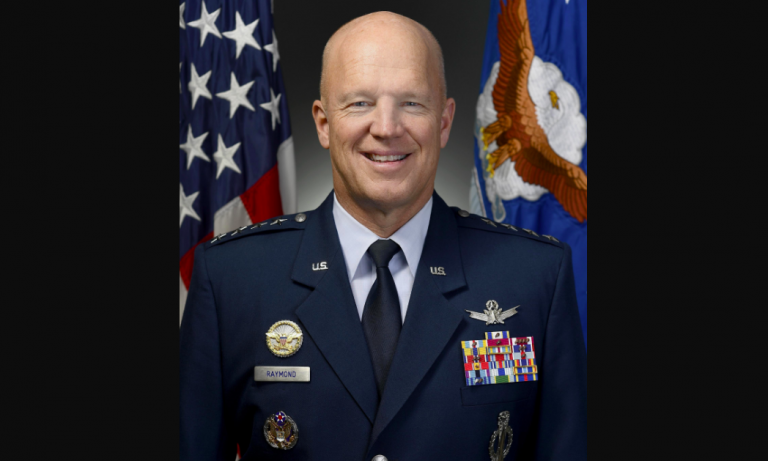
The U.S. Space Force will soon absorb an Air Force command that will be repurposed to lead areas of endeavor from research to launches.
On Thursday, Space Force officials revealed new details about the long-planned transfer of the Air Force’s Space and Missile Systems Center, which will this summer be renamed Space Systems Command, or SSC. The command will remain a three-star post, but the deputy job will get bumped up one rank to two stars. It will be manned by a mix of Space Force Guardians and Air Force personnel.
Headquartered in Los Angeles, the repurposed command will be responsible for “developing, acquiring, equipping, fielding, and sustaining resilient space capabilities to enhance joint lethality. This includes launch, developmental testing, on-orbit checkout, and sustainment. SSC will also provide strategic oversight of USSF science and technology activities,” the Space Force said in a statement.
Gen. Jay Raymond, Space Force’s chief of space operation, said in a statement that the new SSC design “was purpose-built to anticipate and be responsive to the challenges presented by a contested space domain.” The new structure also gives more authority to commanders below the three-star level “to reduce cost and go fast. This will allow us to move at speed in delivering the resilient space capabilities necessary to stay ahead of a growing threat.”
The Space and Missile Systems Center was named in 1992, but its roots go back to 1954 and Western Development Division. Under the new realignment, the space wings at Vandenberg Air Force Base, in California, and at Patrick Space Force Base, in Florida, will also convert to Space Launch Deltas under the new SSC, among other changes. Patrick’s SLD 45 will be commanded by a one-star Spece Force general.
Space Force Vice Chief of Space Operations Gen. David Thompson said that the change will help the military coordinate launch activities that are today disjointed by bringing them under one new organization. “We’ve moved those [SMC capabilities] into this new organization, but coupled it with the launch program office that provides the rockets, coupled with the program office that provides the launch range, the telemetry, weather, safety and all of those things…That’s a large organization,” he said, in an interview aboard a military aircraft between Los Angeles and Las Vegas, while traveling with Air Force Gen. John Hyten, vice chairman of the Joint Chiefs of Staff.
The Space Force will also get a big research boost under the change, with Space Systems Command playing a larger role in the Air Force Research Lab activity under a new partnership. “Last year, we transferred about 1,800 people into the Space Force, but in working with the Air Force we decided that the Air Force Research Lab would remain as is,” said Thompson. The concept, he said, is one laboratory serving two services. “All of those organizations stay in place inside the lab structure. For administrative purposes [assignments, promotions, etc.], they are aligned with Space Systems Command even though they are with Air Force Research Lab,” he said. “The other piece is SSC will have a larger role working with the leadership of Air Force Research Lab to make sure those organizations and the laboratory are working on the science, technology and research activities that the Space Force needs.”
___
(c) 2021 Government Executive Media Group LLC.
Distributed by Tribune Content Agency, LLC
0 comments :
Post a Comment